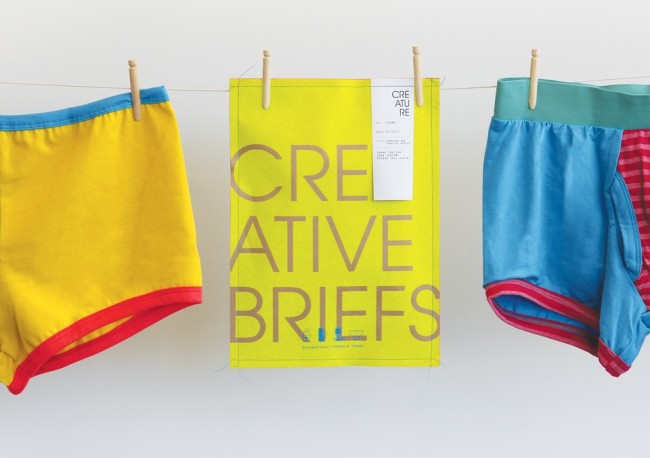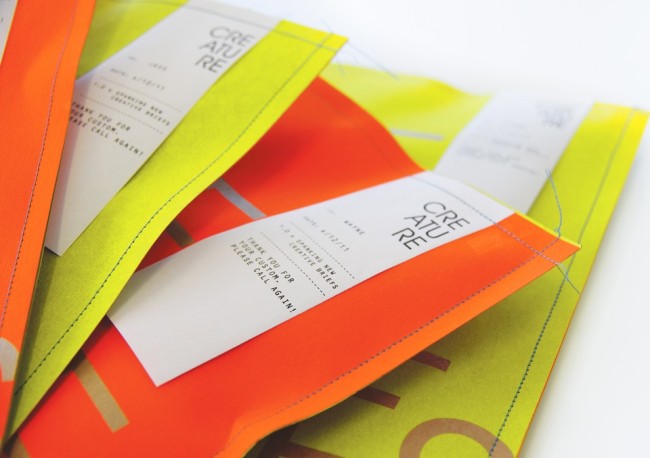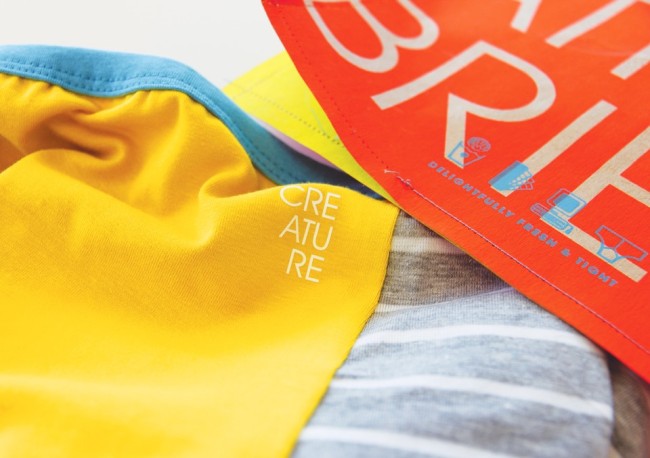#GTHD
Ok, I’m going to start this post by admitting: I’m not a great sports fan. Or a sports fan. Period. Disclaimer ended.
I mean, I did intend to go to the Duke game in all the snow and mess. Maybe it shows how much of a fan I’m not in that I still hadn’t reached the Dean Dome at the time of the game’s cancellation. Whoops, sorry.
However, I’ve done some research.


And a lot of it looked like that. From what I’ve gathered (and I guess from my personal fan support of other less showy sports), big qualities for fandom include: apparel, superstitious beliefs, routine, and a level of ardency that often leads to violence – probably coaxed on a little by the consumption of alcohol. The biggest thing that I’ve noticed about fandom is that it’s not a very positive experience. A lot of fandom circles around promoting negative thoughts, notably about rivals. This is interesting. This is also probably the reason why fandom, from my research, has also gone hand-in-hand with violence (hello hockey!). Just for fun, I’ll share my most recent example of what true ‘fandom’ is. Exhibit A: Friends of mine engaging in a 3-day GroupMe discussion about where/how much/what price is best/how permanent getting ‘GTHD’ lip tattoos would be. They even got to the point of discussing price points for traveling to Smithfield because the tattoo (being non-permanent) was $20 cheaper than here in Chapel Hill. People who had class at the discussed traveling time considered ‘biting the bullet’ and paying the extra $20. The plan fell through – maybe for the better, since the game was cancelled. If that’s not a fan – I’m not sure what a fan is. I also heard about a solid amount of people walking from Chapel Hill to Dook in protest. I don’t know anyone who did it personally, so I can’t verify whether or not this was actually a thing.
Exhibit B) Not a personal example — but one I really like. I’m a film nerd. I live life vicariously through films, because I’m boring. Ok, maybe not ‘boring,’ but I definitely could lead a more exciting and invigorating lifestyle. As much as I love David O’Russell, I often wonder if Silver Linings Playbook is a film film or just a homage to the Philadelphia Eagles. Sadly, I couldn’t find the clip of the gigantic Eagles fan fight scene on YouTube….but I found the clip of DeNiro complaining about the ruins of the Eagle’s JuJu – which plays into the idea of superstition and ritual (homeboy sits in the same seat, positions his remote in the same way during every game in a bizarre OCD way). The entirety of the film dives into the various aspects of fandom that I’ve previously identified. If you’ve seen it, you’ll totally understand what I’m saying (and might not have previously realized all the ways that the mentality is working in the film, even beyond the obvious Eagles plot-line). For those of you who haven’t seen it: I’ll do a check list. Cooper wears a Desean Jackson jersey to a dinner – apparel, check. Superstitious belief/routines — see the clip, check. Ardency — again, see the clip and I really wish I could find the fight scene. Anyway, love the film. I also think it’s pertinent to this post.
But how does this relate to brands?
It’s the same thing, that’s how. People can be fans of brands – but brands ingrain themselves via lifestyle culture (vs. athletic culture like sports teams). First example I can think of: Apple. Typical, I know. I thought of another, I’ll elaborate after the obvious choice. Replace apparel with product. Superstitious beliefs — this is what advertising tells you about the product. Not just advertising, I guess, but what the world of consumers tell you, the way that people engage with the brand. It’s a superstitious belief to think that all graphic designers use MacBooks….but they do. Routine. People are creatures of habit. That’s a fact. Lastly, a level of passionate ardency – this is the one that kind of differs depending on how well branding has been done. For Apple, the ardency is real. People live, eat, sleep, breathe Apple. This might not be the case for example, a toilet paper brand (but you could easily check off the other items on my list).
(This is literally the only thing I could think about while writing about Apple…)
Another example I thought of is Lululemon. Girls eat this stuff up (I know I do). The superstitious belief about this product is that it’s the haute couture of athletic garb — you wear Lulu and you’re a forreal, active working out gal (despite whether or not this is true). They’re an entryway into a socioeconomic status…..through working out. People gobble the Lululemon lifestyle — and I guarantee the brand has upped the level of ridiculous women in yoga classes. Like my grandmother, for instance, who outfits herself in pearls, diamonds, and Lulu — the holy trinity. People are fans of this brand. Actual and true fans. When the LuLulemon store opened at South Park in Charlotte, NC there was a line of women at least 200-strong. There was an Internet outrage when Lulu pulled a large majority of a recent shipment of yoga pants because they were too ‘see through’ – things got real. If these aren’t aspects of fandom, again, I’m not sure what is. People buy into the lifestyle, and see the brand as their guiding light.
These concepts relate in an awesome way – meaning, if a brand is developed properly, it sets itself up for a fan base. From what I’ve gathered, this is done via creating a lifestyle around a brand. As I said earlier, rather than tapping into the athletic world (which in itself is a crazy crazy culture), they do it through pop culture and lifestyle. Buy this brand, live this life. Well, or at least be perceived to live this type of life — to yourself, to others, or to both. It’s interesting the way these two concepts correlate, and when I first started writing this post I didn’t see it. However, working through my examples, it all kind of crystalized. Glass un-fogged.





 (Looks sad, doesn’t it?)
(Looks sad, doesn’t it?) (Even just a little more inspiring, right? And all it’s got is ketchup)
(Even just a little more inspiring, right? And all it’s got is ketchup) (Anyway, so inspired I can’t finish this post.)
(Anyway, so inspired I can’t finish this post.)